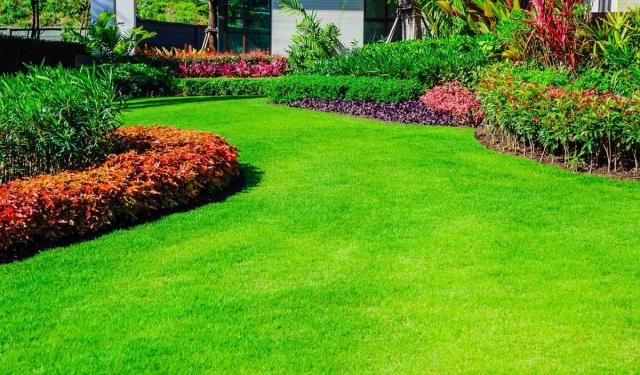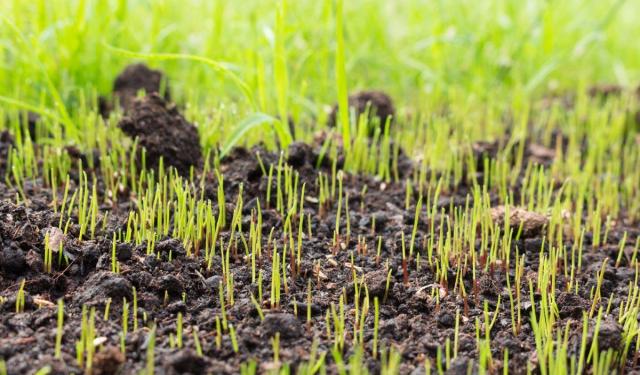Atmospheric River Storms: What They Are and Why They Matter in 2023
Identifying 5 Common Lawn Grass Species
Feb 12, 2016 | By: Skylar Christensen

Whether you’re overseeding an existing lawn, thinking about establishing a new lawn or reseeding bare or thinning spots, it’s important to know what kind ...
Should You Ever Let Your Lawn Go to Seed?
Feb 12, 2016 | By: Skylar Christensen

We’ve probably all seen it, and some of us might even be guilty of it from time to time. It can be the result ...


